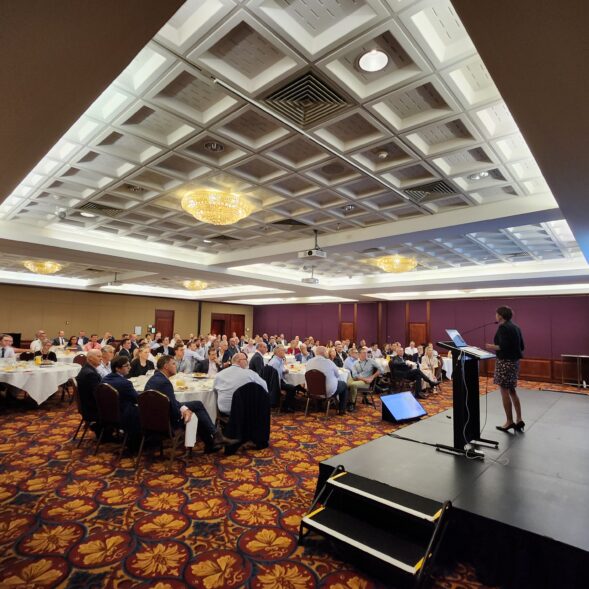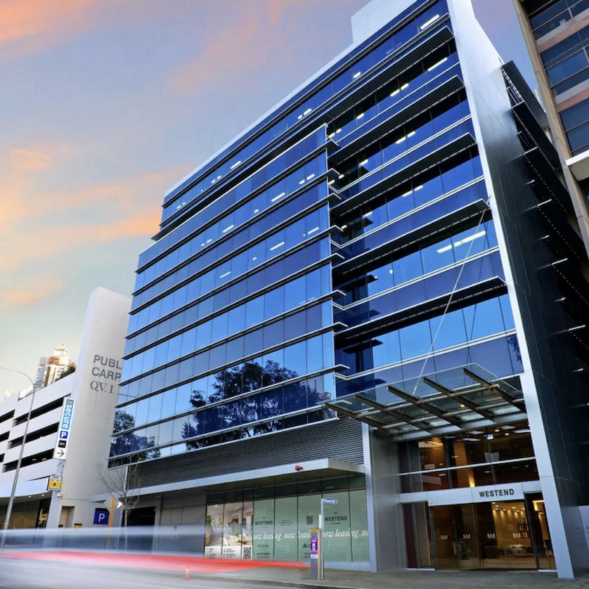A lazy $750,000 in the national residential property market has to work hard across the nation as markets remain robust, proving property ownership aspirations to be resilient and rewarding.
Despite the continual commentary focusing on stubbornly high inflation, economic uncertainty or sparse evidence of any supply solutions, there is a general acceptance that our monetary policy will not be the superhero of the story in 2024.
The RBA met on 18 June and held the cash rate steady, and having only recently confirmed they are “not ruling anything in or out”, property markets appear to have moved on from the hyperfocus on rate cuts in 2024. The rate of price growth has slowed and sales listings have increased; the national consensus appears to be prepared for continued population growth, tight rental markets with rental growth offsetting higher mortgage payments for investors, and demand for entry level or lower percentile property prices remaining strong.
In May the national home price growth (houses and units combined) was 0.30 per cent (6.68 per cent annual) with the median being $784,000. Combined capital cities growth was 0.41 per cent (7.22 per cent annual) with a median of $851,000 and combined regional areas recorded no growth (5.3 per cent annual growth) and an eye-watering median of $642,000. The above represents the 17th consecutive month of national home price increases, however regional median values across the country offer the highest probability of your $750,000 budget being sufficient to enter all markets, ranging from the lowest median of $409,000 in the Northern Territory and the highest at $672,000 in Queensland.
Our local experts enjoy providing insights for the many differing markets that we service with our national coverage.
Perth remains the strongest performing capital city, with an astonishing 22nd consecutive month of growth and an annual rate of 20.68 per cent with low stock levels and still the most affordable state.
Adelaide and Brisbane follow, tag teaming 14.49 per cent and 13.69 per cent, with Brisbane prices now well above their low in December 2022. All three of these cities showed the most significant decline in total listings over the past year, and the most relative affordability.
Sydney and Melbourne may both be able to boast an ability to absorb the higher listing activity, however Sydney prices were seven per cent above May 2023 levels whereas Melbourne’s annual growth at 0.87 per cent is static and home prices remain 3.08 per cent below their March 2022 peak. This presents more choice for home buyers with 21.4 per cent more listings in April 2024 than the same time last year.
Hobart remains the poorest performer thus far in 2024 (-1.93 per cent this year), although prices are still up 34.9 per cent since March 2020, highlighting that every property market differs and behaviours across the country vary depending on the drivers.
Lending indicators for April 2024 (released on 6 June 2024) show new loan commitments rose 4.8 per cent for housing, being 24.6 per cent higher compared to last year with investor housing 36.1 per cent higher than last year and owner-occupier housing finance rising 18.7 per cent compared to a year ago. The national first home buyers’ new loans were 10.8 per cent higher compared to a year ago and represented 37 per cent of all owner-occupier loans. In summary, despite the unrelenting cost of living pressures, systemic and structural supply issues, housing affordability degradation and unsustainable wage growth, across the nation property still rules supreme.
Interest rates are in the headlines again as a key driver of the residential property market, affecting both values and market activity. This time last year, the story was about consecutive increases in the cash rate by the Reserve Bank of Australia (RBA) in order to rein in inflation. The first quarter of this year generally saw an increase in market activity due to a growing perception that the next cash rate change would be downwards. An increase in buyer activity was observed as purchasers moved to get in early before any anticipated interest rate cut placed upward pressure on residential property prices. Owners who had been contemplating a sale reacted to the increased number of active buyers and this resulted in a significant increase in residential property listings.
The April ABS data has revealed that inflation remains stubbornly high and is still uncomfortably above the RBA’s desired target range. On 7 May, the RBA decided to keep the cash rate on hold at 4.35 per cent. Market sentiment will likely be affected by the prospect of the cash rate being higher for longer but as highlighted regularly in the Herron Todd White Month in Review, the residential property market is made up of many market segments that are impacted differently.
Brisbane, Adelaide and Perth all have record high median dwelling prices. Of the other capital cities where values peaked in the first half of 2022, Sydney’s median dwelling price is closest to the record high, followed by Canberra and Hobart. It is worth noting that the residential property market in Tasmania has been the most significantly affected by interest rate increases. A surge in interest in Tasmanian residential real estate from interstate purchasers was influenced by the context of COVID and resulted in a significant increase in dwelling prices that set a benchmark that remains well above the current median dwelling price.
Darwin is set apart from the other capital cities as its market peak was all the way back in 2014 and dwelling prices are still generally well below that level.
The regional markets in each state have broadly followed a similar pattern to their respective capital cities over the past twelve months, noting that the overall increase in dwelling values is slightly lower.
These trends can be seen at a glance in our residential Property Clocks that break down markets further by dwelling type – a clock each for units and houses.
Even breaking down the national trends by capital city and state requires aggregating trends that mask some significant differences between suburbs and regional towns.
While the median house price for Melbourne overall is less than five per cent below the peak in March 2022, suburbs such as Flinders, Kingsville and Kew East have performed much less strongly.
This month’s report provides detailed analysis of market activity. Our local experts, who are active in their respective market segments, provide insights into local activity that may be overlooked by reviewing only aggregated data.
Rachel Anderson










